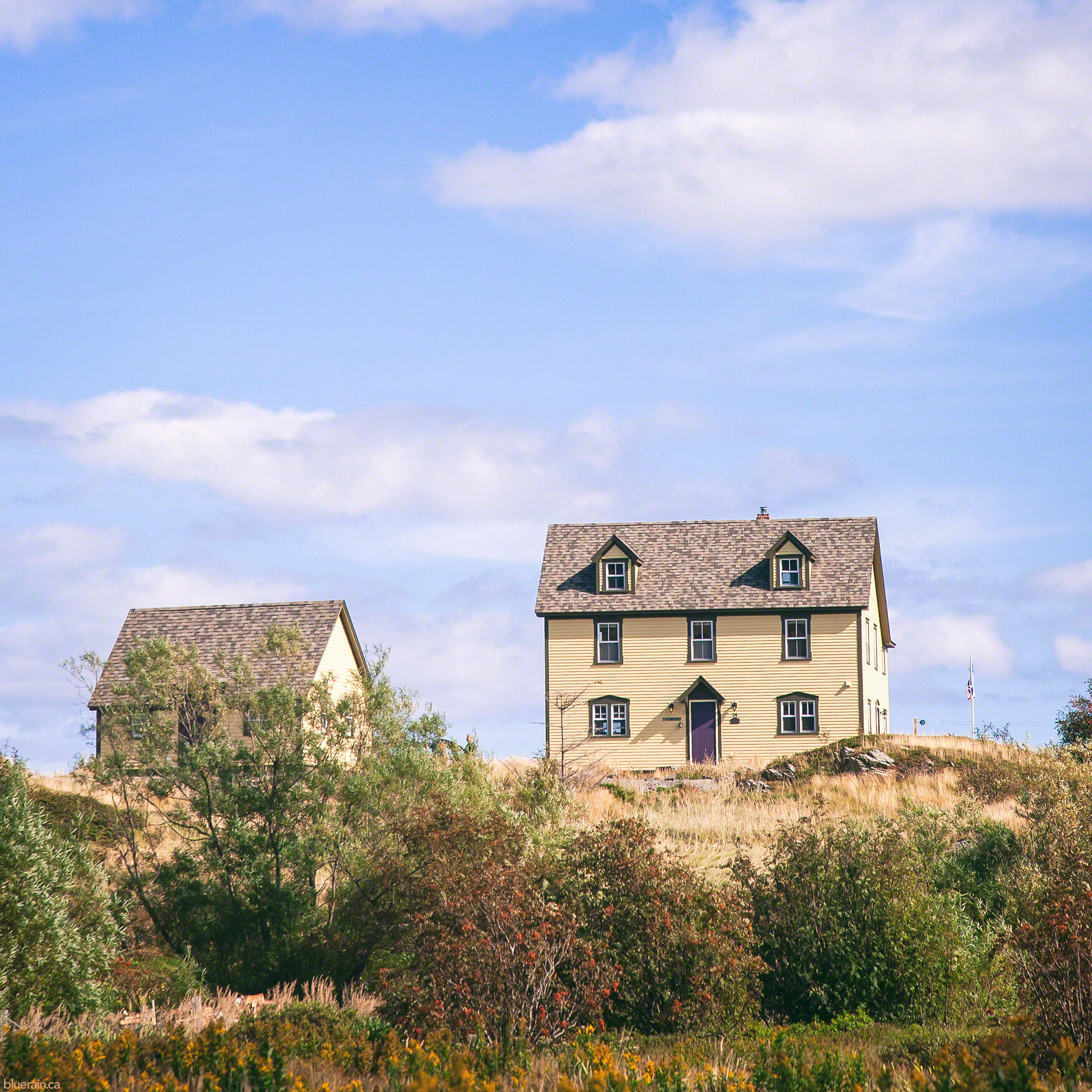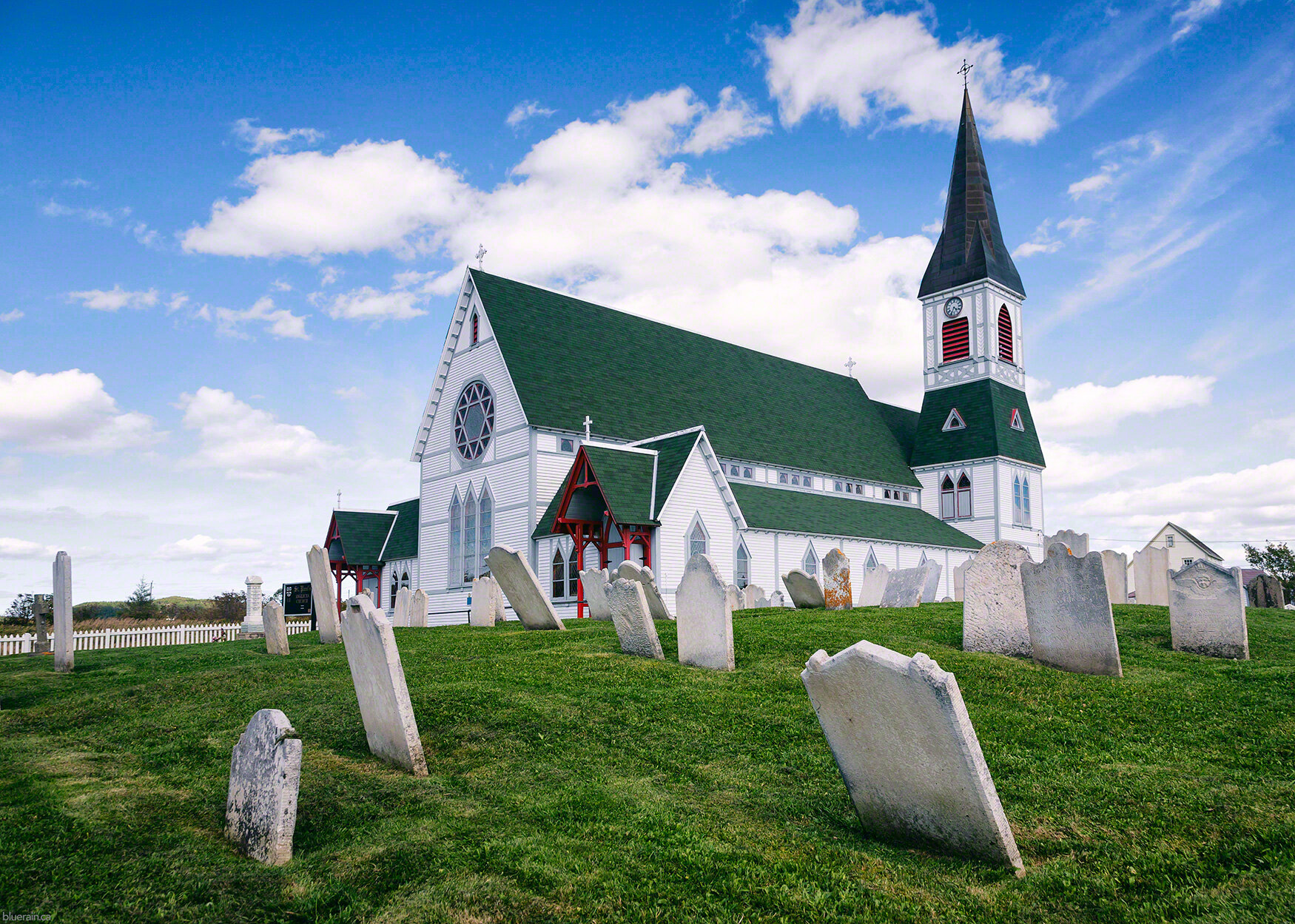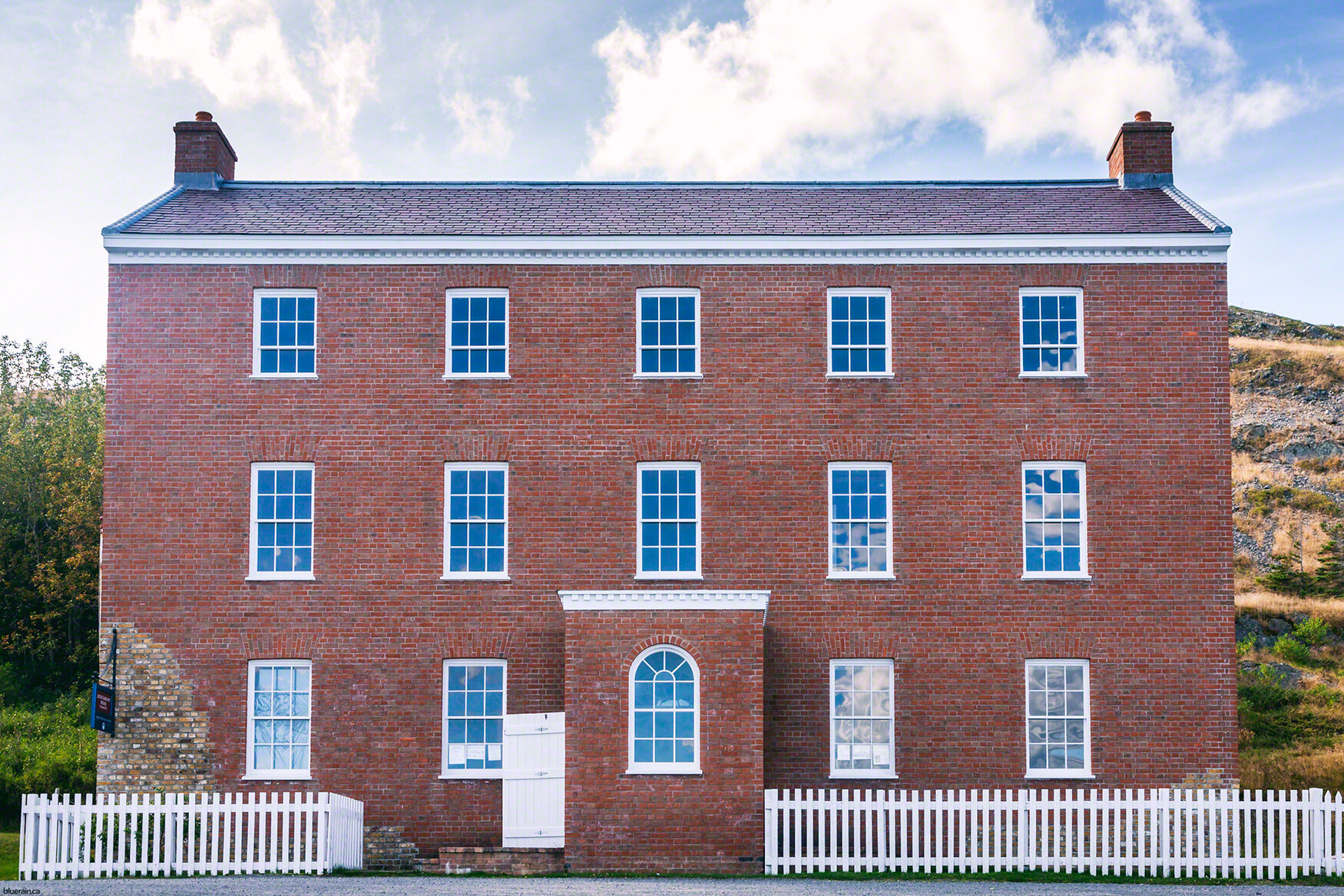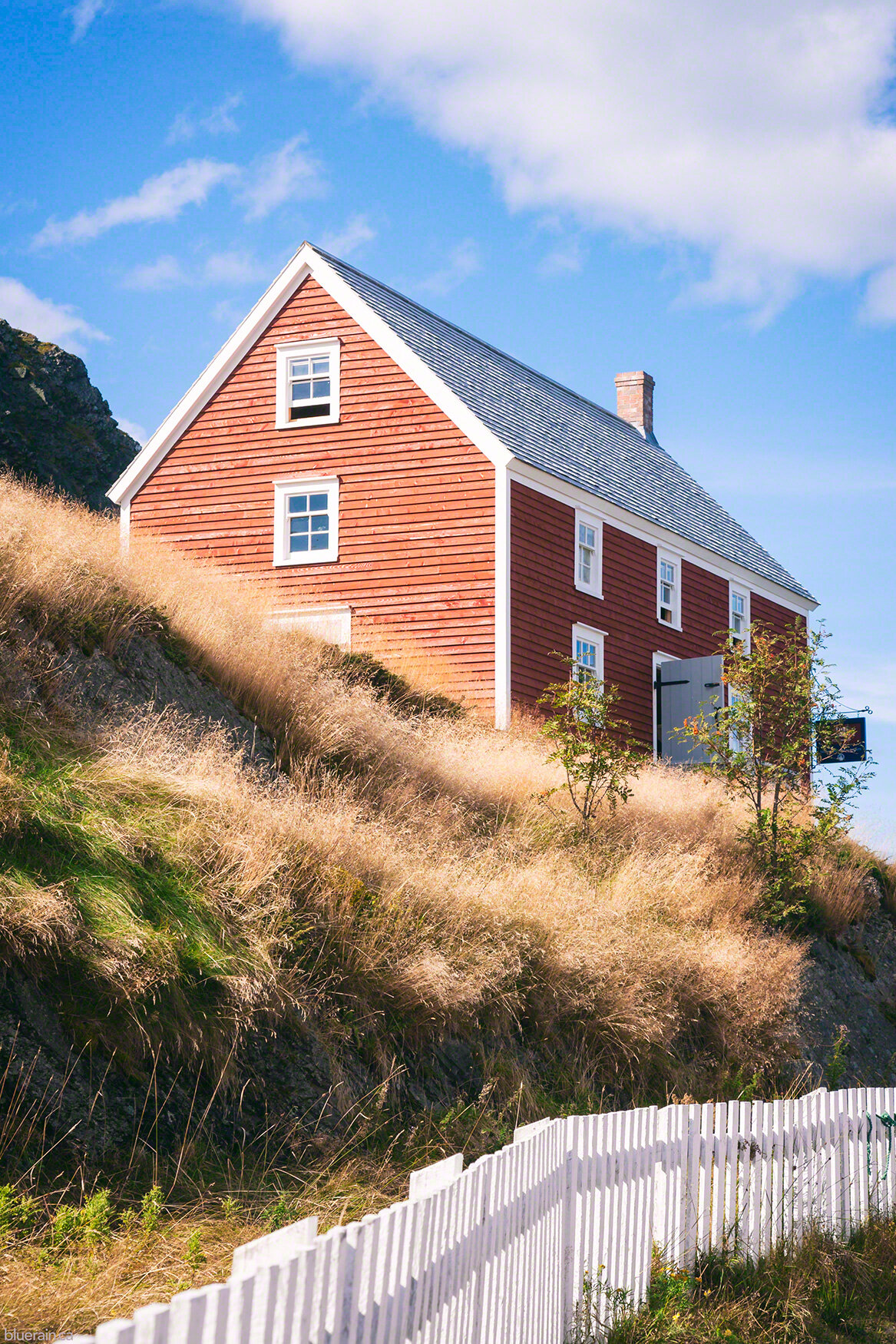On August 9, 1941, two large ships sailed into Placentia Bay off the coast of Newfoundland, each carrying one of the most influential men of the period. A top secret meeting had been arranged in this remote part of Canada in the early days of World War II. Aboard the British battleship, the HMS Prince of Wales, was Winston Churchill, Prime Minister of Great Britain, while the American ship, the USS Augusta, carried American President Franklin D. Roosevelt, whom the world believed to be on an extended fishing trip.
The USA had not even entered the war yet (they would do so some months later after the bombing of Pearl Harbor) but the aim of this meeting was to develop a statement with the stated goals of America and Britain for the rest of the world after the end of World War II. At the time, they could have no idea that the war would continue for almost 4 more years, spread across the globe and cause unfathomable devastation and loss of life.
The final statement, later known as the ‘Atlantic Charter’, contained eight clauses and was issued on August 14, 1941. The Atlantic Charter is often seen as the inspiration of later international agreements, including the formation of NATO and the GATT.
A monument stands on the shore near the site of the meeting place of the two ships. It’s quiet and remote here. A suitable place for a clandestine meeting.






















































































































